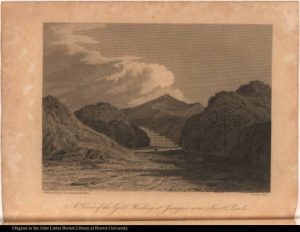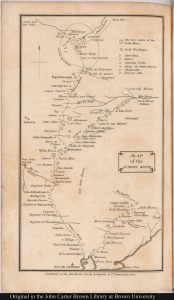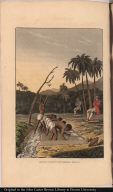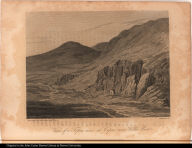
“What a wonder that gold is such a beautiful and precious metal, so useful for human commerce, so worthy of use on cups and ornaments in churches for divine services. Because of the unending greed of men, it becomes a constant instrument and cause of great harm…There is no prudent person who would not confess that God permitted the discovery of such quantities of gold in order to use it to punish Brazil.”
-Antonil, André João, 1711

|

|
| Overview |
In 1693 Portugal struck gold in the area of Minas Gerais. There was such an extensive gold rush by the turn of the 18th century that the Portuguese government had to implement legislation to stop a mass exodus to the colonies. By 1730 two new mines had opened and half of Brazil’s population could be found in these mining regions. By the turn of the 19th century the mines were so severely depleted that Brazil’s economy stagnated. |
| Slavery and Mining Conditions |
 Hundreds of thousands of indigenous and African salves toiled in the mines of Brazil. The government futilely fought to limit the number of slaves both being imported into Brazil and being taken from agricultural production. Poor monitoring and enforcement of laws related to mining meant that thousands of slaves were being imported into the region illegally. |
| Immediate Effects of Mining | Brazil experienced a major shift in production from agriculture to mining, causing famines and food shortages. Prices of food rose to the point where merchants would refuse to sell their products locally in the hopes of getting more profit selling the food in Minas Gerais. |
